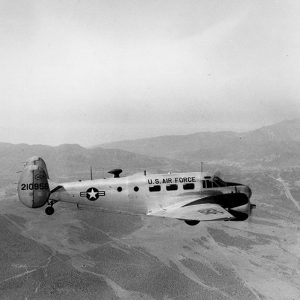 C-45 Expeditor
C-45 Expeditor
Time Period: World War II through the Faubus Era (1941 - 1967) - Starting with C
 C-45 Expeditor
C-45 Expeditor
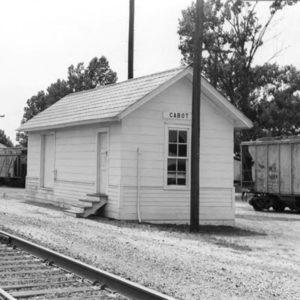 Cabot Depot
Cabot Depot
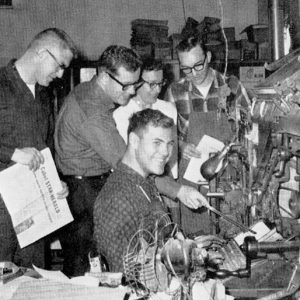 Cabot Star-Herald Staff
Cabot Star-Herald Staff
 Cabot Street Scene
Cabot Street Scene
 Caddo River Lumber Company
Caddo River Lumber Company
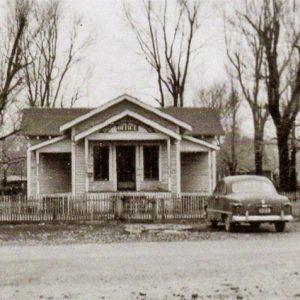 Caddo River Lumber Company
Caddo River Lumber Company
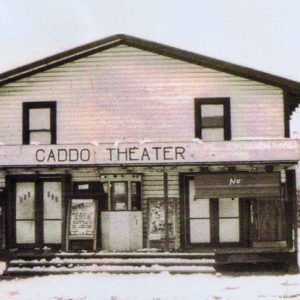 Caddo Theater
Caddo Theater
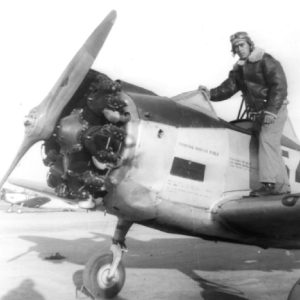 Cadet Pilot
Cadet Pilot
Caldwell, Arthur Brann
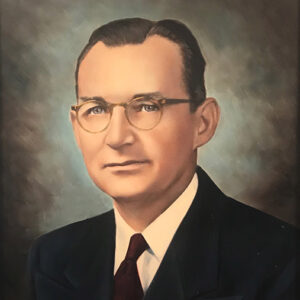 John Caldwell
John Caldwell
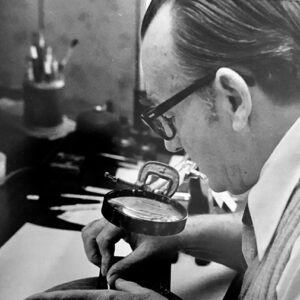 John Caldwell Working on a Woodcut
John Caldwell Working on a Woodcut
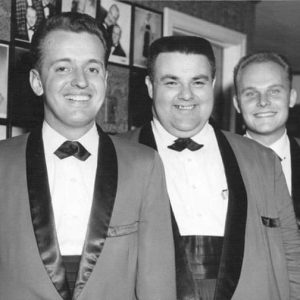 Punky Caldwell Trio
Punky Caldwell Trio
 Calendar Painting
Calendar Painting
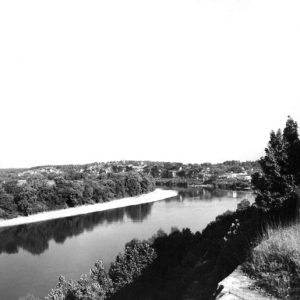 Calico Rock
Calico Rock
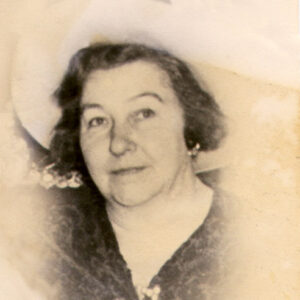 Cora Call
Cora Call
Call, Cora Elizabeth Pinkley
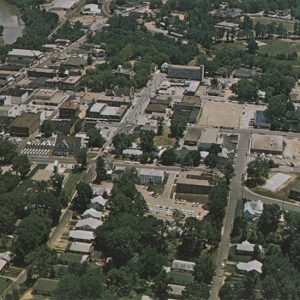 Camden Aerial View
Camden Aerial View
Camden Army Air Field
aka: Harrell Field
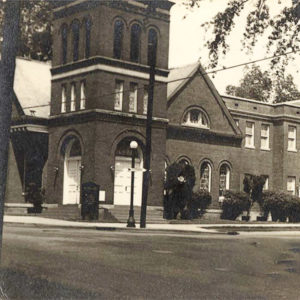 Camden Baptist Church
Camden Baptist Church
 Camouflage Scheme
Camouflage Scheme
Camp Hot Springs
Camp Jesse Turner
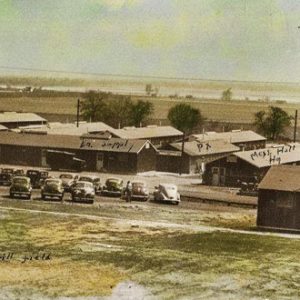 Camp Jesse Turner
Camp Jesse Turner
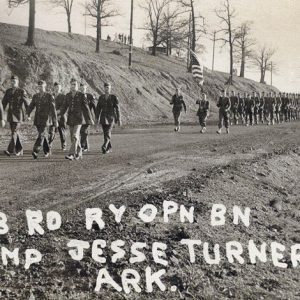 Camp Jesse Turner
Camp Jesse Turner
 Camp Jesse Turner Parade
Camp Jesse Turner Parade
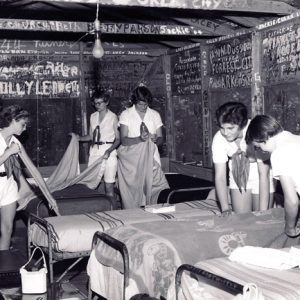 Camp Joyzelle Cabin Interior
Camp Joyzelle Cabin Interior
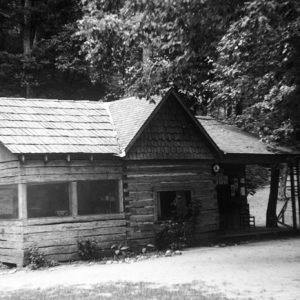 Camp Joyzelle Office
Camp Joyzelle Office
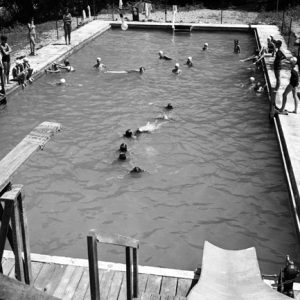 Camp Joyzelle Pool
Camp Joyzelle Pool
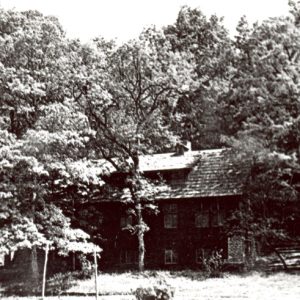 Camp Joyzelle Lodge
Camp Joyzelle Lodge
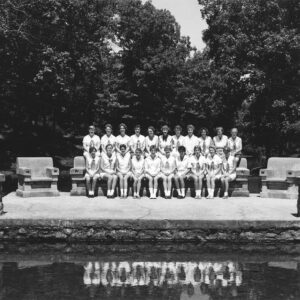 Camp Joyzelle Counselors and Campers
Camp Joyzelle Counselors and Campers
Camp Magnolia
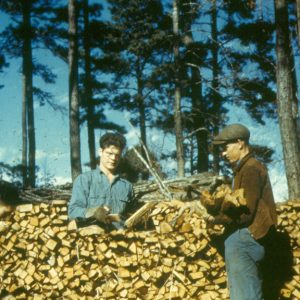 Camp Magnolia COs
Camp Magnolia COs
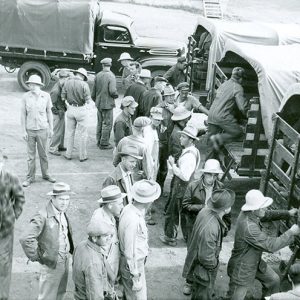 Camp Magnolia Workers
Camp Magnolia Workers
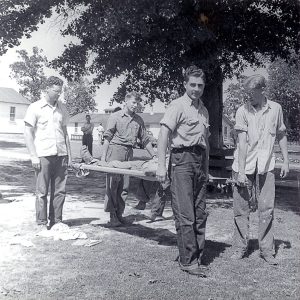 Camp Magnolia
Camp Magnolia
Camp Monticello
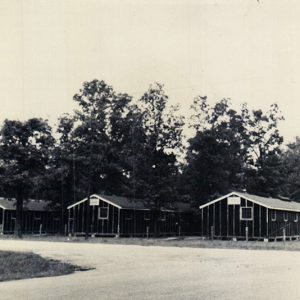 Camp Monticello Barracks
Camp Monticello Barracks
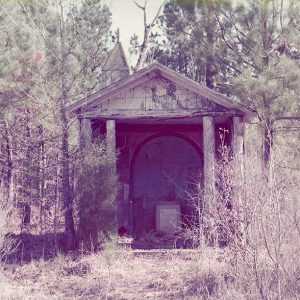 Camp Monticello Chapel
Camp Monticello Chapel
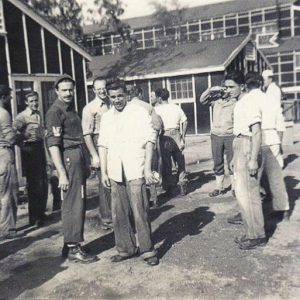 Camp Monticello POWs
Camp Monticello POWs
 Camp Ouachita National Historic District
Camp Ouachita National Historic District
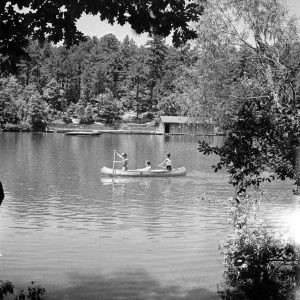 Camp Ouachita National Historic District
Camp Ouachita National Historic District
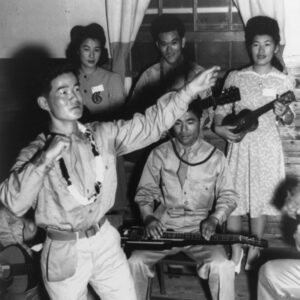 Camp Shelby Dance
Camp Shelby Dance
Campbell, Leon “Muscles”
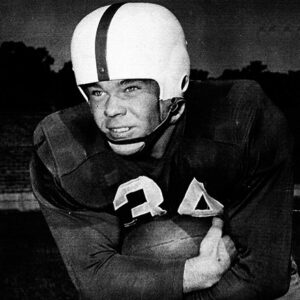 Leon "Muscles" Campbell
Leon "Muscles" Campbell
 Campus Entrance; 1957
Campus Entrance; 1957
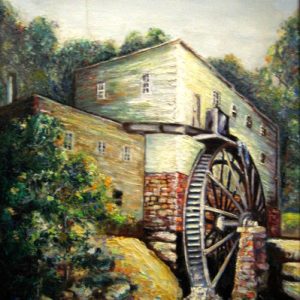 Cane Hill Mill
Cane Hill Mill
 Capital Citizens' Council Graphic
Capital Citizens' Council Graphic
 Capital Citizens' Council Anti-integration Flyer
Capital Citizens' Council Anti-integration Flyer
Capital Citizens’ Council (CCC)
 Capital Citizens' Council Graphic
Capital Citizens' Council Graphic
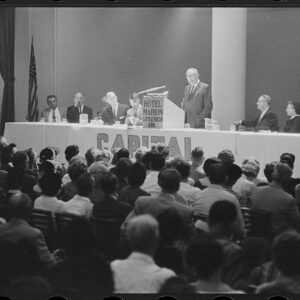 Capital Citizens' Council Meeting
Capital Citizens' Council Meeting




